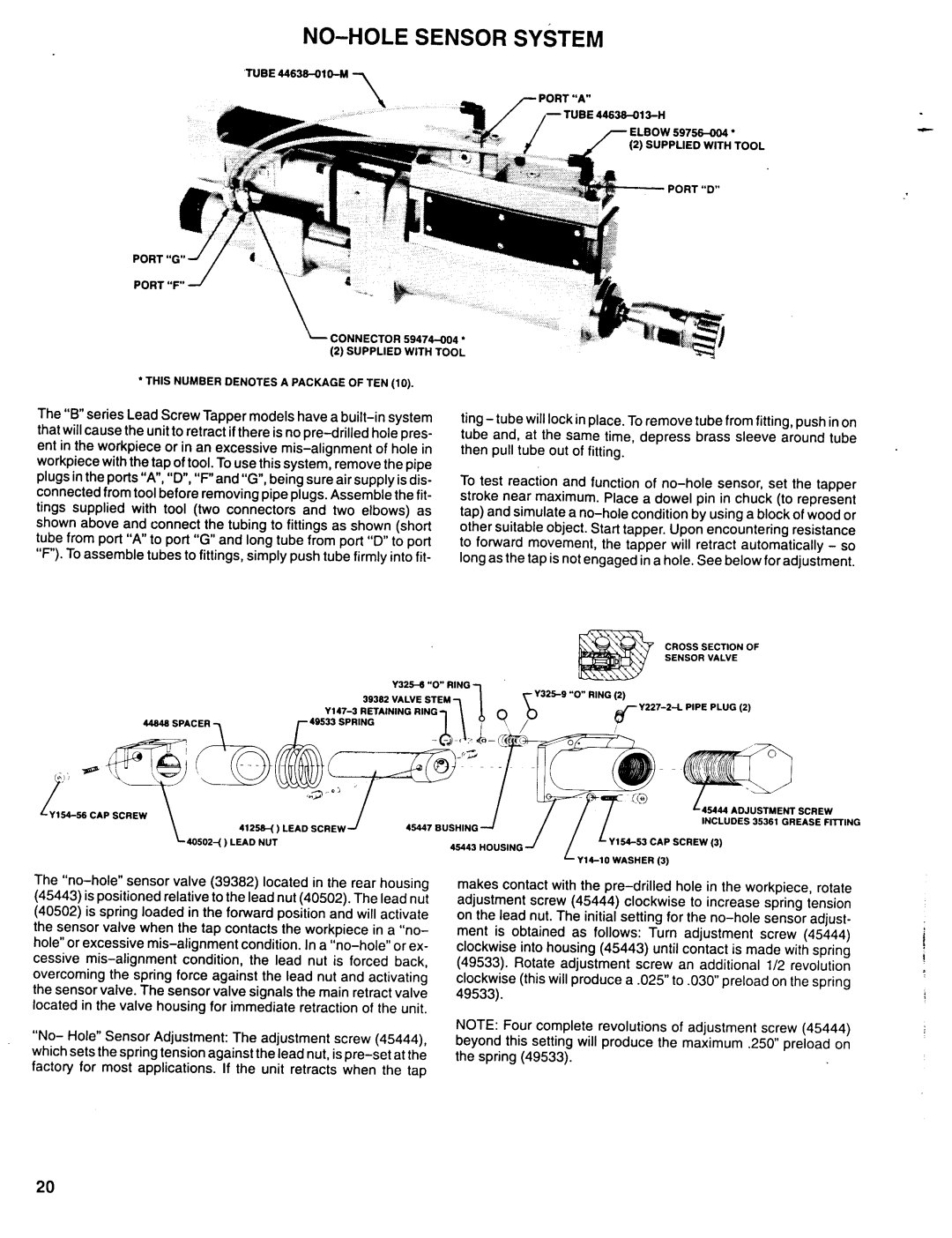8655-B()-(), 8657-B()-(), 8656-B()-(), 8658-B()-() and 8659-B()-() specifications
The Ingersoll-Rand 8658-B(), 8659-B(), 8656-B(), 8657-B(), and 8655-B() series are advanced air compressors designed to meet a wide range of industrial needs. Renowned for their reliability, efficiency, and robust performance, these models are equipped with state-of-the-art technologies that make them suitable for various applications, including manufacturing, automotive, and construction industries.One of the standout features of the Ingersoll-Rand 8658-B() and 8659-B() models is their high-efficiency rotary screw design. This design not only maximizes performance but also minimizes energy consumption. The compressors are designed to operate at lower temperatures, which reduces the wear and tear on components, thereby extending their lifespan. Moreover, these models incorporate innovative cooling technology to maintain optimal operating temperatures, ensuring consistent performance even in challenging environments.
The 8656-B() and 8657-B() compressors offer advanced control systems that enhance precision and user-friendliness. Operators can easily monitor and adjust pressure settings, allowing for tailored performance according to specific needs. These models feature a user-friendly interface that provides real-time data on pressure levels, temperature, and operational status, enabling quick decisions and efficient troubleshooting.
Additionally, all five models in this series prioritize noise reduction, making them ideal for settings where a quieter operation is essential. The compressors possess sound-dampening technology that minimizes operational noise, which is especially beneficial in urban or noise-sensitive environments.
Durability is a key characteristic of the Ingersoll-Rand 8658-B(), 8659-B(), 8656-B(), 8657-B(), and 8655-B() models. They are constructed from high-quality materials designed to withstand rigorous use and harsh conditions. This robust construction ensures that these compressors are not only capable of handling heavy workloads but are also resistant to corrosion, further enhancing their longevity.
In summary, the Ingersoll-Rand 8658-B(), 8659-B(), 8656-B(), 8657-B(), and 8655-B() series of air compressors offer a powerful combination of efficiency, durability, and advanced technology. Their rotary screw design, user-friendly control systems, noise reduction capabilities, and robust construction make them a top choice for a variety of industrial applications, ensuring reliable performance and satisfaction for operators across the globe.

